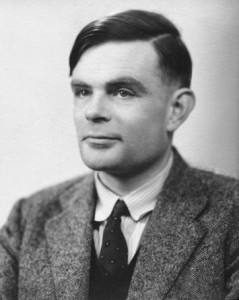
President Obama declared June to be LGBT Pride Month and so, I though it would be appropriate for us here at Cyborgology, to take a moment and recognize how LGBT peoples were foundational to the construction of cyborg studies and other inter/trans/multidisciplinary fields. I should note upfront that this incredibly brief summary, from a macro perspective, does some violence to the critical nuance of all the fields mentioned. I hope this post encourages further research, not angry comments about my (acknowledged) hurried treatment of the subject matter. Consider this more of a conversation-starter, than a stand-alone digest. I would also like to thank my good friend Naomi Ardjomandkermani for inspiring me to do this post. She does fantastic work with intersex communities on the web at http://intersexresources.moonfruit.com.






 On Jan. 8, 2011,
On Jan. 8, 2011, 
 The debate over the extent to which the design and infrastructure of the Web privileges certain demographic groups is not new, but, nevertheless, continues to be important. Perhaps, most attention has been given to the way traditional gender hierarchies are reproduced by the masculine infrastructure of the Web. Cyborgology editor Nathan Jurgenson, for example, has previously covered the
The debate over the extent to which the design and infrastructure of the Web privileges certain demographic groups is not new, but, nevertheless, continues to be important. Perhaps, most attention has been given to the way traditional gender hierarchies are reproduced by the masculine infrastructure of the Web. Cyborgology editor Nathan Jurgenson, for example, has previously covered the 